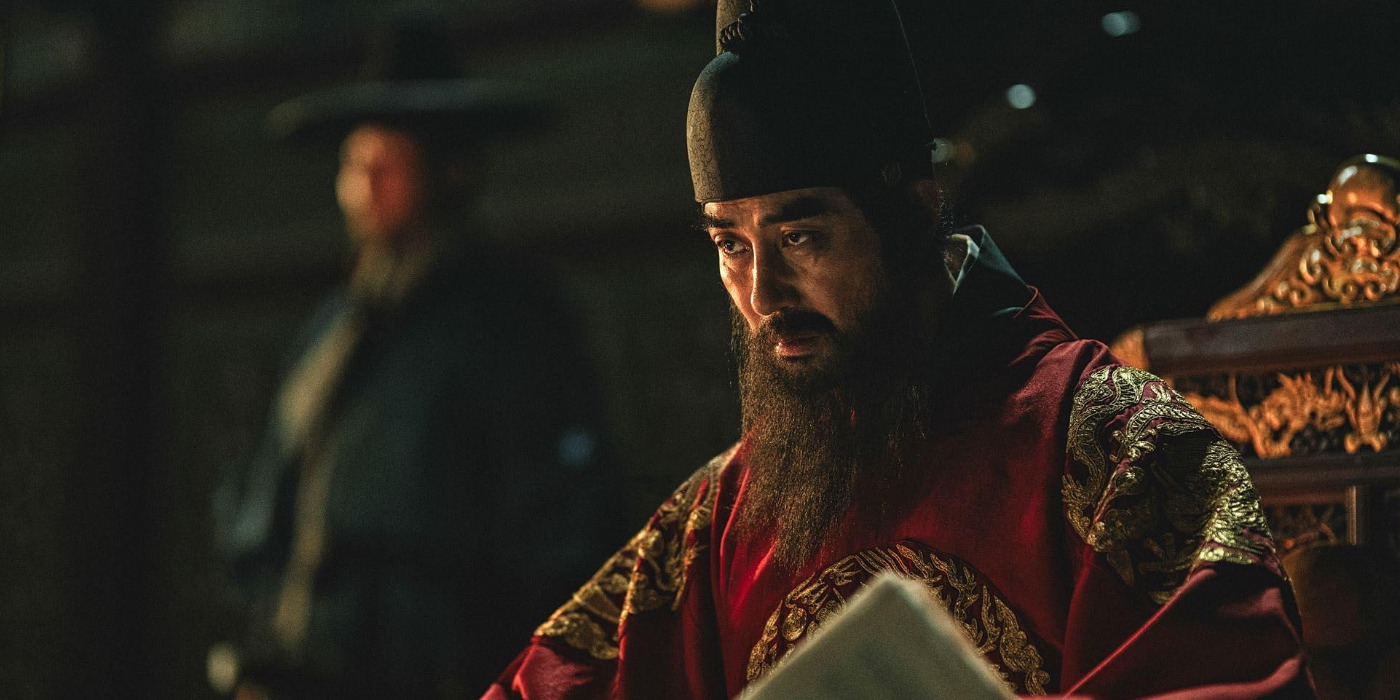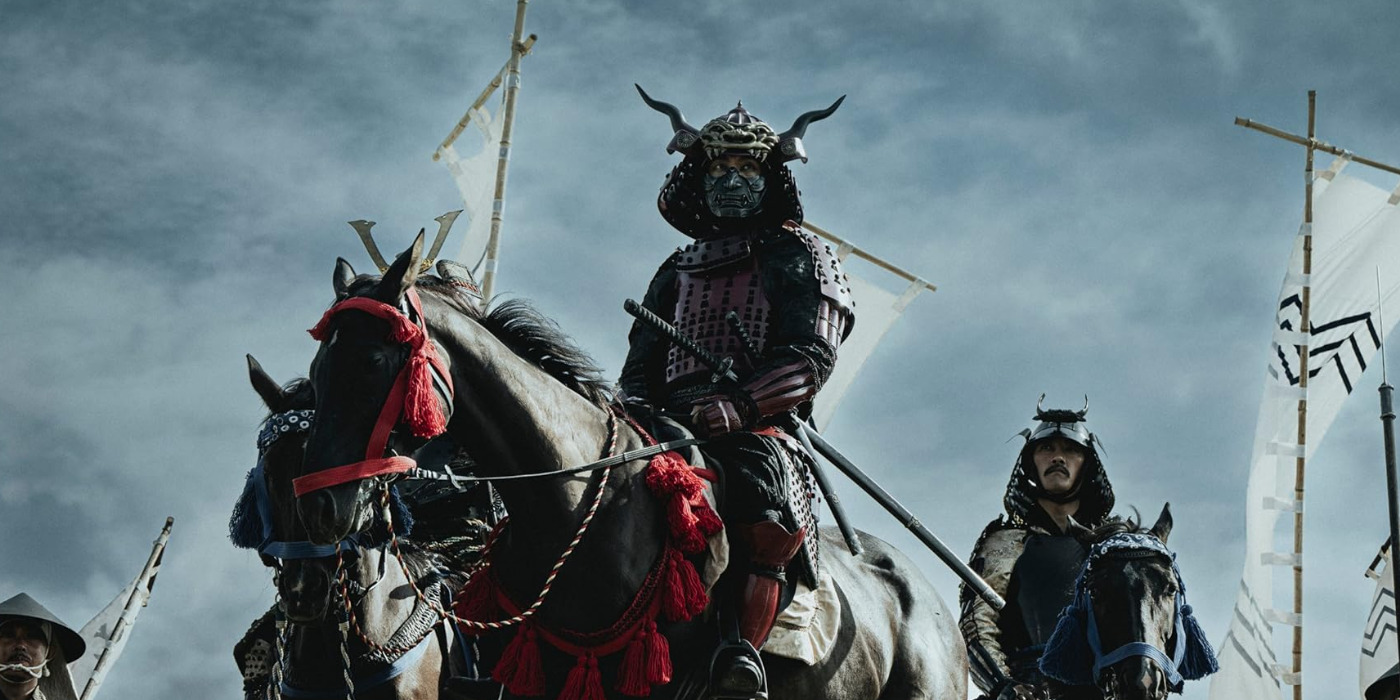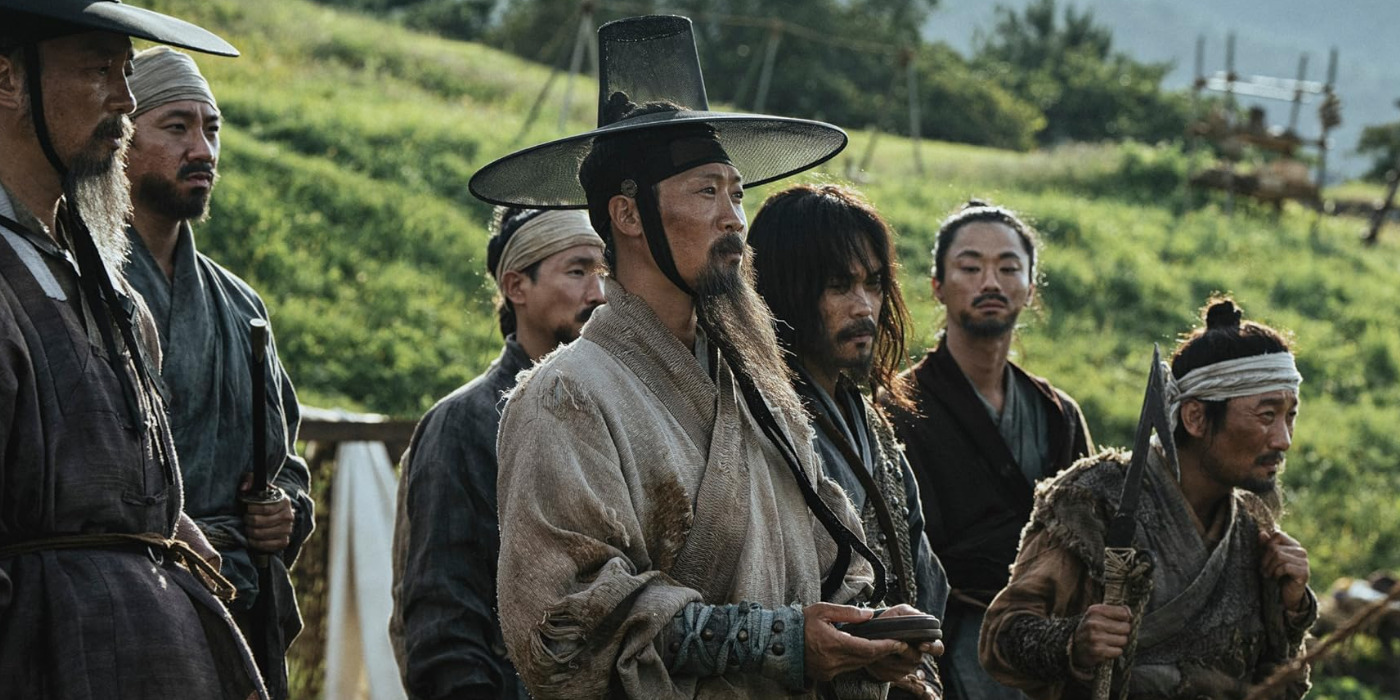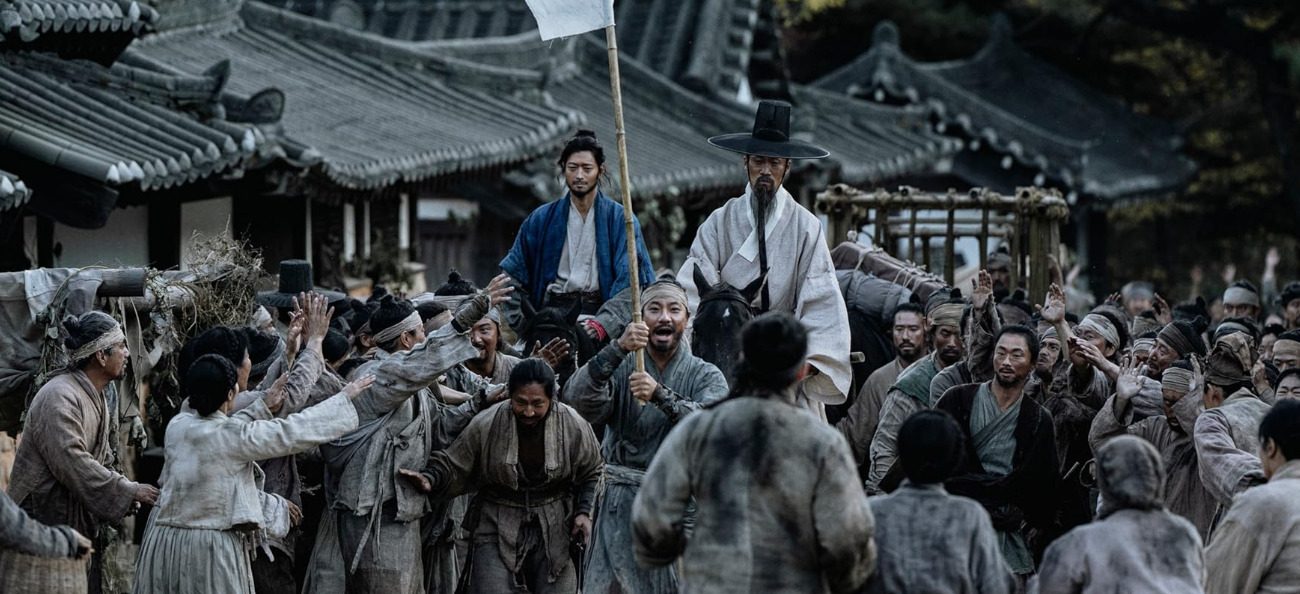Netflix’s ‘Uprising’ takes the viewers on an emotionally ripe journey through the 16th Century Joseon Dynasty as the kingdom faces the chaotic embers of war. Directed by Sang-man Kim, the Korean historical film follows two men of drastically different upbringings and social statuses. Cheon-young, a young man forced into slavery, grew up as Yi Jong-ryeo’s body servant under the rule of the latter’s father, King Seonjo. Despite their differences, Cheon-young and Jong-ryeo forge a strong friendship. However, as war knocks on Seonjo’s door, paving the way for internal class-driven revolts, that precarious friendship crumbles to the ground.
Thus, over the course of a few years, the two men find themselves facing each other’s blades as their country confronts its demons—from the outside and within. Steeped in the aesthetics and politics of Korea during the late 1500s, the storyline in ‘Uprising’ remains tied to the historical context around it. From Cheon-young, who fights in a civilian militia, to Genshin Kikkawa, the feared Japanese General—different characters with varying socio-political standing inform the film’s narrative. Consequently, as the story delves into the intimate lives of these characters against the backdrop of a historical war, questions are bound to arise about the film’s connection to reality.
Uprising Depicts Joseon’s Internal Conflict During the Imjin War
‘Uprising,’ also known as ‘Jeon, Ran,’ presents an intriguing relationship with reality as it delves into a historical event but through the lens of fictionalization. As such, the story’s setting—the bulk of which takes place in the 1590s during the Imjin War remains cemented in Korea’s actual history. Even so, the more personal storyline unfolding within the film—between Cheon-young and Jong-ryeo is a work of fiction penned by director Sang-man Kim and his fellow writers, Park Chan-wook, Shin Chul, and Jahye Lee. Although the film utilizes the Imjin War as its central focus, it distinguishes itself from other similar war stories by choosing to highlight how this overarching war influenced the internal struggles brewing in the Joseon Dynasty.

Therefore, despite its fictionalization, Cheon-young and Jong-ryeo’s narrative plays a crucial role in depicting the reality of the caste system in Joseon that persisted under King Seonjo’s reign. Society during the Joseon period existed within strict frameworks of caste, separating people into class distinctions. Consequently, the Japanese invasion of 1592 became a catalyst in early class-resistance movements, where Seonjo’s subjects fought to bring down the deeply ingrained class system. Nevertheless, there are no records of Seonjo’s own son and his servant playing instrumental roles in this conflict. In fact, Jong-ryeo’s character—and Cheon-yung by association—remain entirely fictionalized as the actual King Seonjo never had a similar son in real life.

Likewise, there are threads of truth behind characters like Genshin Kikkawa, the “Nose Snatcher,” who cut off the noses of hundreds of Joseon citizens. Nonetheless, his character doesn’t sport a direct real-life counterpart who underwent similar events during the Imjin War. Consequently, for the most part, King Seonjo remains the only actual historical figure in the show, with others rendered as fictionalized characters. Therefore, even though the general background of the film’s events remains rooted in the historical Imjin War, most of the storylines in ‘Uprising’ are fictionalized versions of reality.
Uprising Explores the Universally Relevant Theme of Classism
The fictionalization of Cheon-young and Jong-ryeo’s narrative in ‘Uprising’ significantly contributes to the film’s departure from historical accuracy. Nonetheless, it simultaneously informs most of the narrative’s thematic depiction of class struggle, which contributes to the story’s sense of realism. Through these characters and their storylines, the film discusses the Joseon Dynasty’s class system, which existed hundreds of years before the Imjin War and, unfortunately, hundreds of years afterward as well. As a result, the narrative dives into an often overlooked aspect of war’s reality that comes from the internal struggle it often incites.

In a conversation with Screen Daily, Kim Sang-man elaborated upon the same as well as the modern relevancy of such an issue. “The characters (in the film) have a moment of awakening due to a chaotic war,” he shared. “At the time, the Joseon dynasty had a class system under royal authority. In modern society, we see new classes being formed through economic power. In a way, the social systems of these two periods are not that different.”

Therefore, through the depiction of historical beats, such as Cheon-young’s voluntary militia, King Seonjo’s unpopularity among his subjects, the fire at the royal palace, and more, the film brings a realistic account of the time period’s socio-political environment. Furthermore, the resulting themes of revolution, insurrection, and radical change allow the story to resonate with a more global audience regardless of their knowledge of Korean history. As a result, the film’s greatest strength in terms of historical realism remains its socially-charged thematic narratives. Thus, ‘Uprising’ ultimately remains a fictionalized story unfolding within a historical context.
Read More: Netflix’s Uprising Ending, Explained


You must be logged in to post a comment.